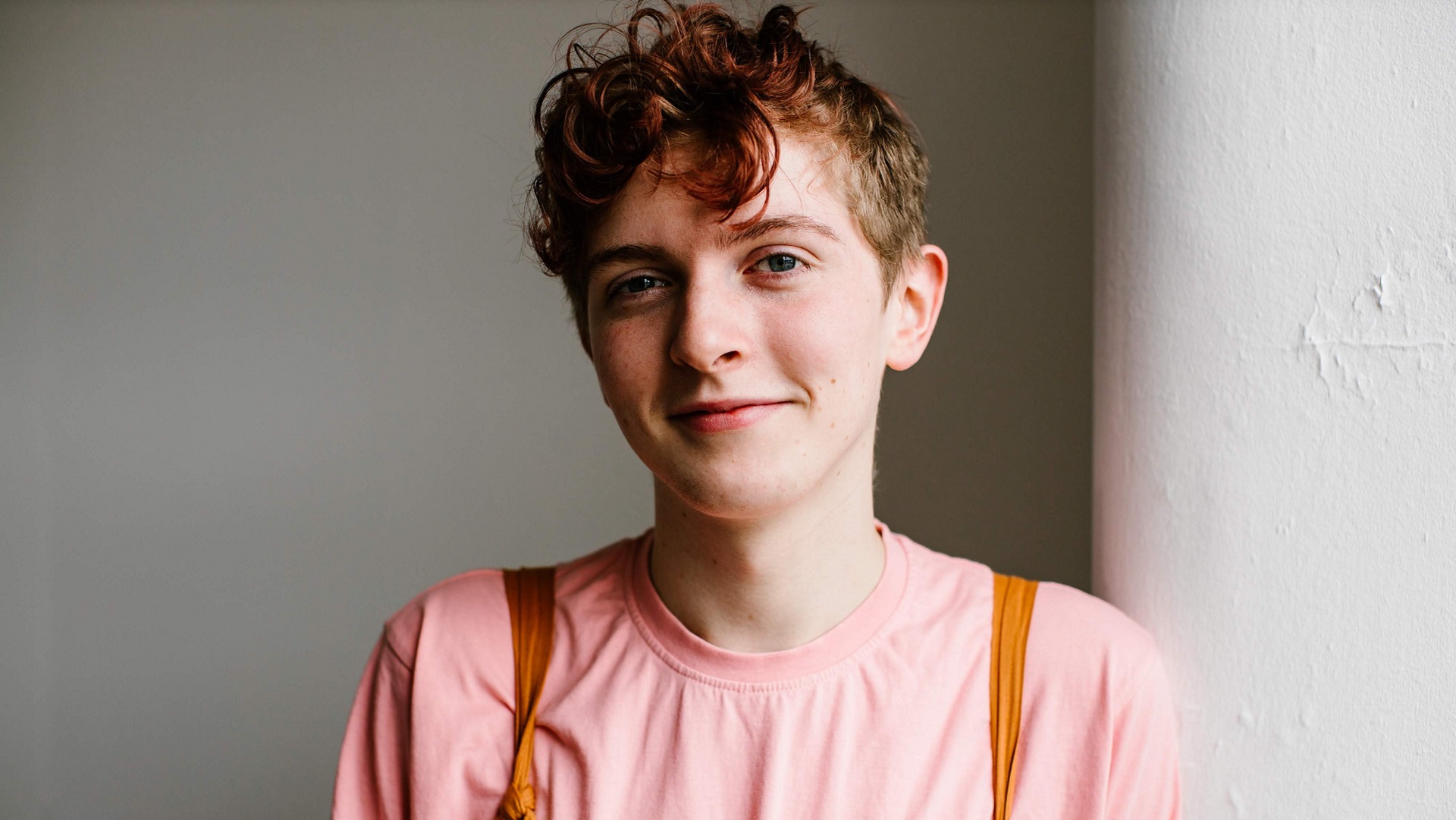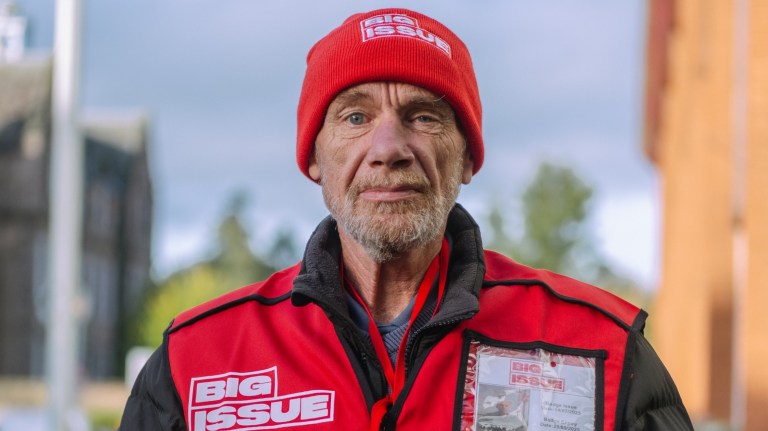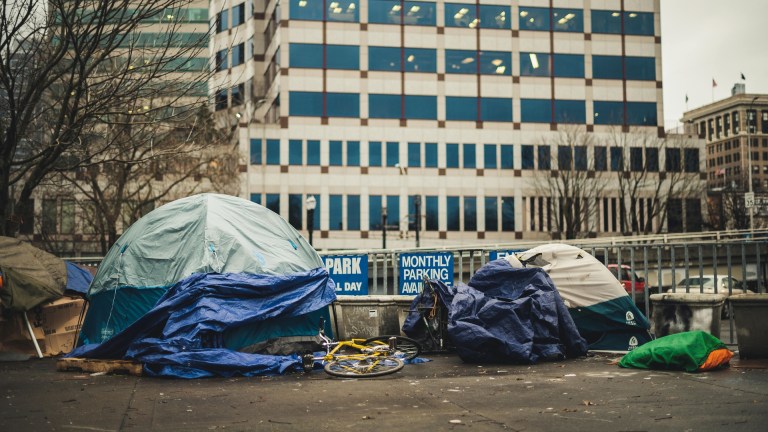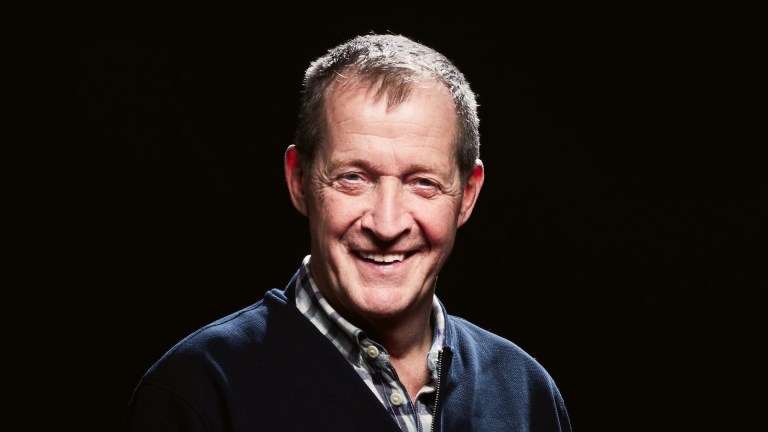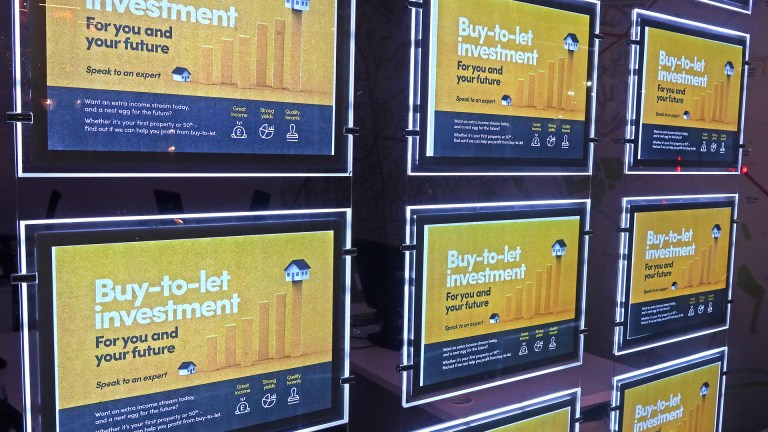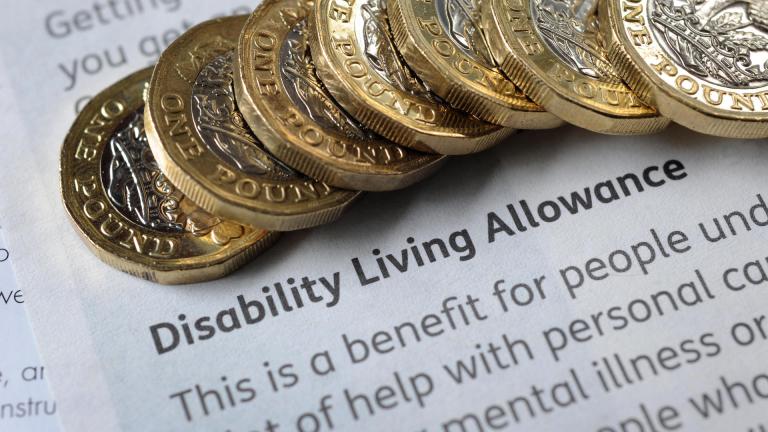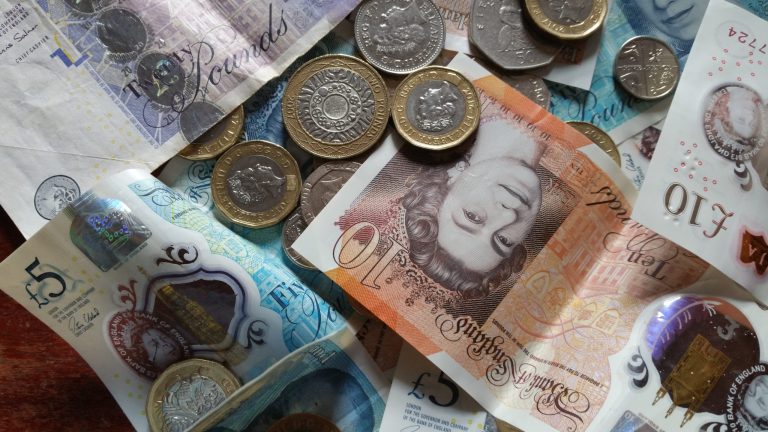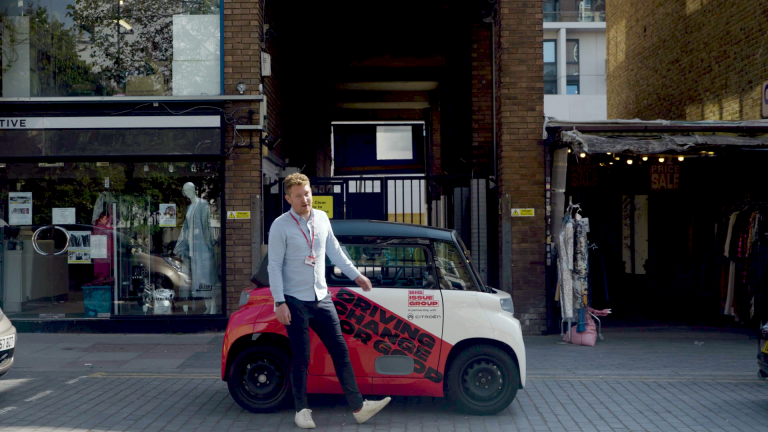It’s coming to that time of the year again. The flowers are blooming, the birds are chirping, and trans people are Visible. I find myself asking – on a yearly basis – what is the point of Transgender Day Of Visibility (TDOV)? Why should I care? What is there to celebrate?
Trans people have been, shall we say, increasingly visible over the past five years. In 2016, when the UK Government launched their public consultation on the Gender Recognition Act, who could’ve predicted the reach it would have, how it would serve to galvanise so much anti-trans sentiment, and whip up such a ferocious culture war against trans communities and identities?
Well, frankly, trans people did. Trans communities know that visibility and representation in political discourse is a double edged sword – a sword which has been used against us time and time again.
Lockdowns have taken income away from hundreds of Big Issue sellers. Support The Big Issue and our vendors by signing up for a subscription.
From beloved sitcoms such as Friends and It’s Always Sunny in Philadelphia, to ‘well-regarded’ actors including Eddie Redmayne and Jeffrey Tambor, everyone’s had their go at The Trans Issue. The reality is, even before this furore around Gender Recognition, trans people – and in particular, trans women – have been hyper-visible in our public discourse for decades. And no, it’s not necessarily a good thing.
Trans women have been the butt of cis people’s jokes for as long as I can remember. We have been consistently and persistently portrayed as predatory, dangerous, and hypersexual by nature. Perceived “masculine” features trans women may have – a deeper voice, Adam’s apple, broader shoulders – are highlighted and ridiculed when we appeared in pop culture. I grew up feeling significant self-hatred thanks to how Visible trans women were, and how normal it was to dehumanise and degrade us in the public discourse.
